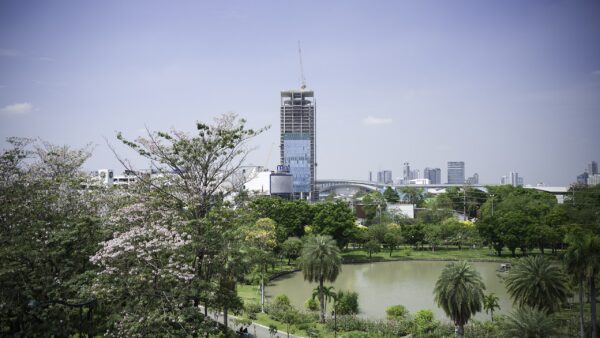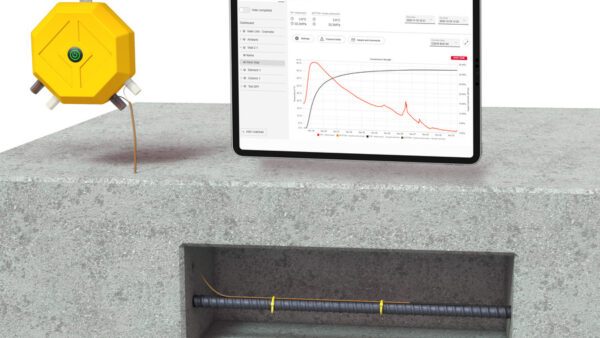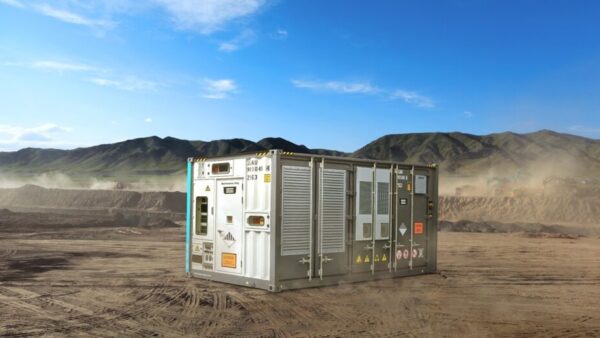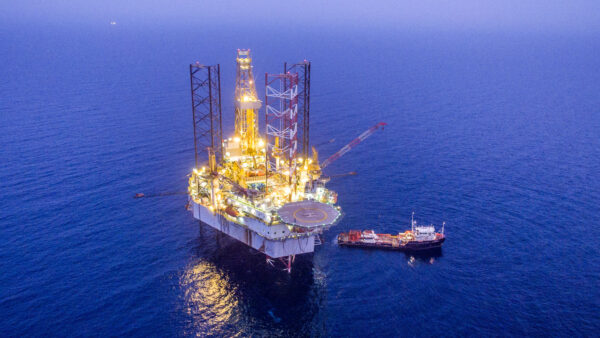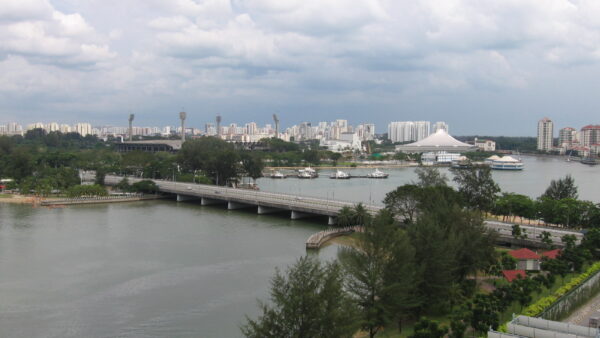The government of Serbia says that Spanish civil engineer Azvi is on course to complete the new Zezelj bridge across the Danube on 21 November, replacing the original destroyed by a Nato bombing raid in 1999.
Funded by the European Union as a link in its Trans-European transport network, the 474-m-long bridge will carry vehicles, trains, pedestrians and cyclists when complete.
Lifting the heavy steel arches into place will be a tricky finishing task.
Zorana Mihajlovic, Serbia’s infrastructure minister, said the arches would be lifted into position when the water level was at the right height, and traffic on the river will be suspended for three days during the operation.
The larger of the two, weighing 5,200 tonne, has a 220m span and a height of 42m; the smaller is 180m long and 34m high.
They will be partly built on the supports of its predecessor, one of seven bridges destroyed by Nato airforces during the Kosovo conflict. Together, they use slightly more steel than the Eiffel Tower.
The two arches are being built on land, one on the left and one on the right bank of the Danube. When the installation and tortioning of the cables is completed, each will be brought into position using a pontoon.
The Zezelj is located in the city of Novi Sad, about 70km upriver from Belgrade. It is an important link in the EU’s trans-European network. The EU has invested €34m in the construction of the bridge and access roads. When complete, the bridge will carry two railway lines, two road lanes and two lanes designed for pedestrians and cyclists. The railway lines are expected to become operational early next year.
Lines will run through Europe’s Corridor X, which will connect Salzburg in Austria to the Greek port of Thessaloniki, passing through Slovenia, Croatia, Serbia and Macedonia.
In Serbia, the project includes the construction of the Belgrade bypass motorway linking Croatia, Belgrade and Bulgaria.
A video showing how the bridge was constructed can be seen here. [https://www.youtube.com/watch?v=VzDsku7looY]
Image: The main arches are waiting for the big lift (ANCI)
Further Reading:





